Grand Portage is the first place where Tom and I have had formal training. It is also the only place where we have not been the only volunteers, so it makes sense that they have formal training here. Last week we were in training from 8 in the morning until 5 in the afternoon. So we were glad to have the first week of training finished and have a couple of days off.
We received a schedule our first day here and we stuck to that schedule during the week. They seem to know what they are doing here! One of the important things covered in training was getting to know all the staff and what they do and know. Grand Portage has a lot of staff for a park of its size. There is an archaeologist, a biologist, a curator, a geologist, maintenance people, housekeepers, several interns, and the interpretive staff. We met as many as worked last week and most of them sat in on at least some of the training sessions. We also met the Park Superintendent and saw him every day. That is the most I have seen any Park Superintendent and it was just the first week!
We spent our time in the classroom learning about the history of the park and the standard operating procedures of the park. We toured the historic site (much more on that in the second week of training) and learned interpretive techniques. We watched the films of the park and read the literature. We also took a couple of hikes. The first hike was with the park geologist who took us up Mt. Rose and explained how the rock formations developed. We also had two biologists with us who pointed out plants along the way.
We had time to do some research so that we can prepare a program. Each interpretive volunteer or ranger has at least one 15 minute program that they do throughout the summer. We are allowed to prepare more, but we have to have one prepared at the end of our two weeks of training. This gives us time to perfect it before the park gets busy in July. I finished my first draft of my program which has to be approved by the volunteer coordinator, Ranger Beth. If it gets approved, I will be writing a blog post on it in the future.
During our training, we visited Grand Portage State Park which is on the Minnesota side of the Pigeon River. We talked to a ranger there and walked to High Falls. It is important that we know the things that go on in the communities around us so that we can answer visitor questions when we are at the desk. Grand Portage is an interesting State Park because it is the only state park that is not owned by the state. The land belongs to the Grand Portage Ojibwe band, and the park is a partnership with the tribe.
We also picked out our living history costumes. Each of us got two outfits: one for colder weather like we have been having and one for when it gets warm (which they assure us will happen). All of the women wear clothing that was appropriate for the Ojibwe women at the time because there were no European / American women at Grand Portage. Consequently I will be braiding my hair every day and wearing the loose, comfortable clothing that the Ojibwe women adopted. It is a mix of native and colonial dress so there aren’t the layers of layers that I wore at Kings Mountain. For those of you anxious to see a picture: you are going to have to wait until I learn how to wear it! Tom has a Voyageur costume as well as a “gentleman’s” costume. His gentleman’s costume is very similar to what he wore at Kings Mountain, but the Voyageur costume is definitely more colorful.
We were glad to finish our first week of training and move on to the second. We enjoyed it but we are ready to put what we are learning to work.

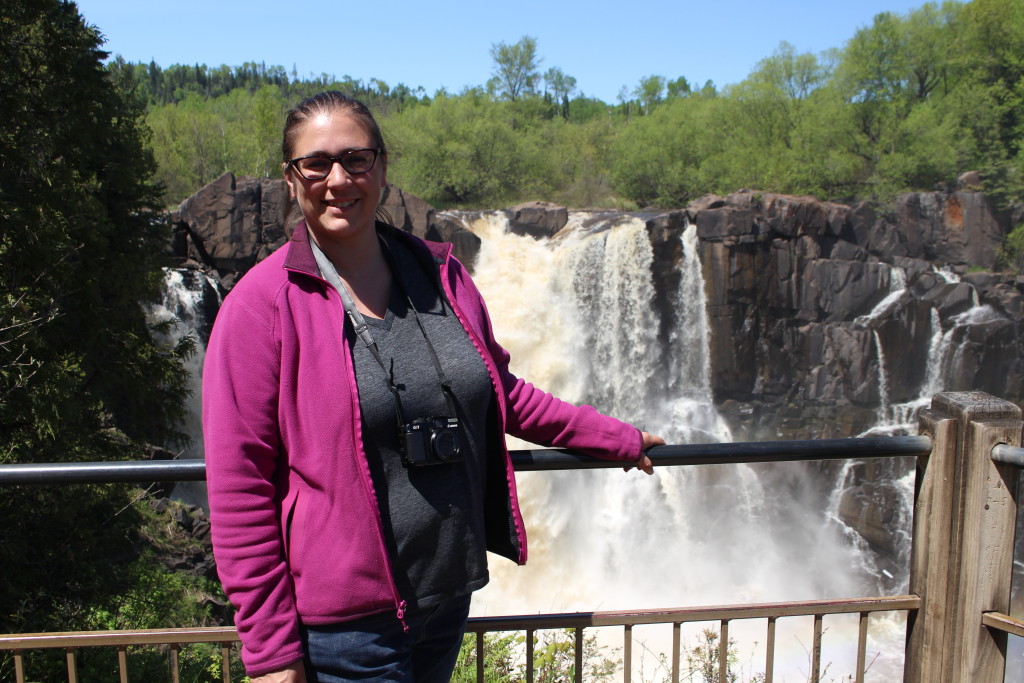

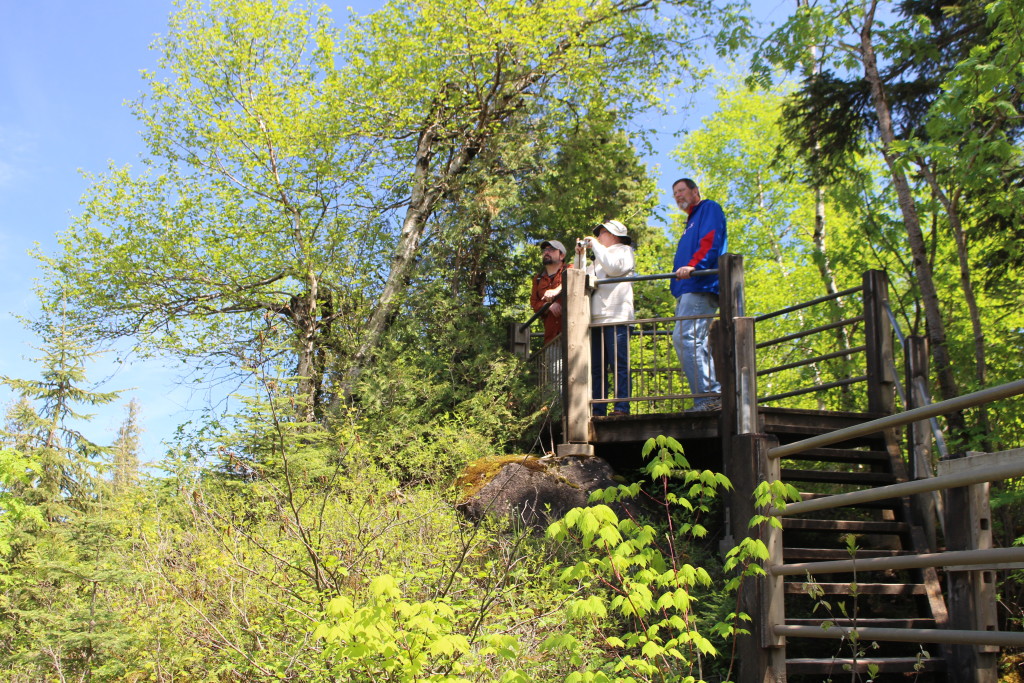
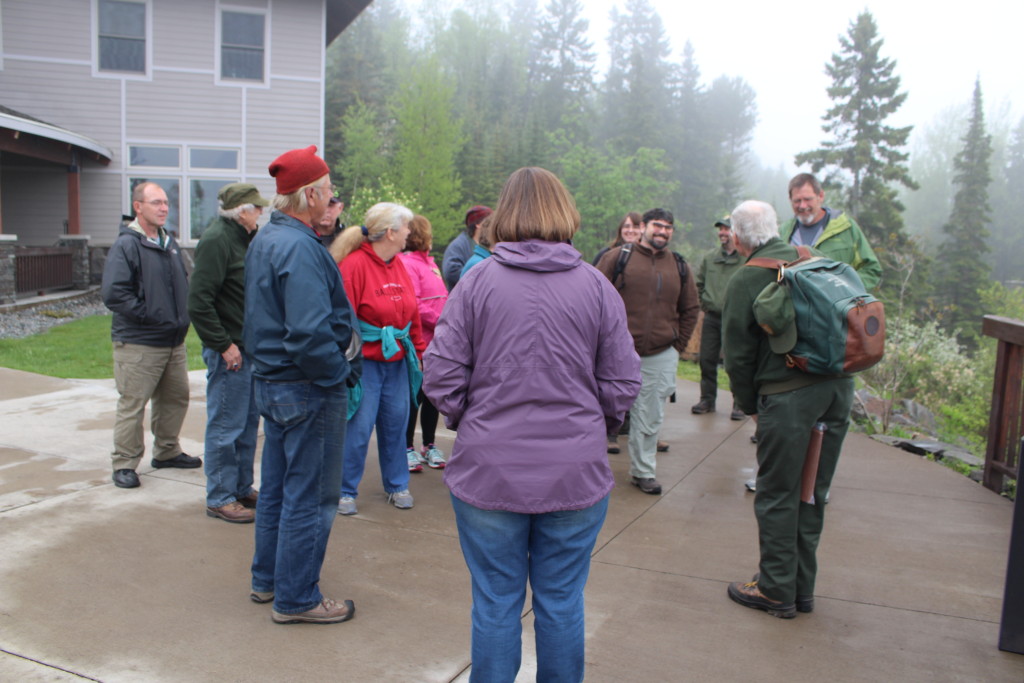
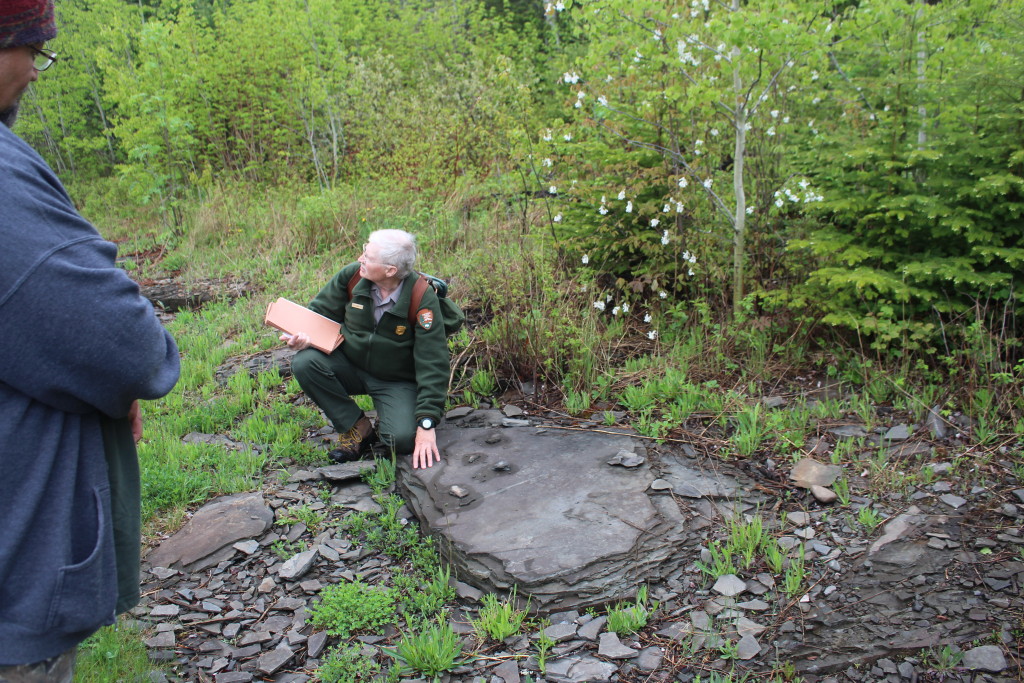
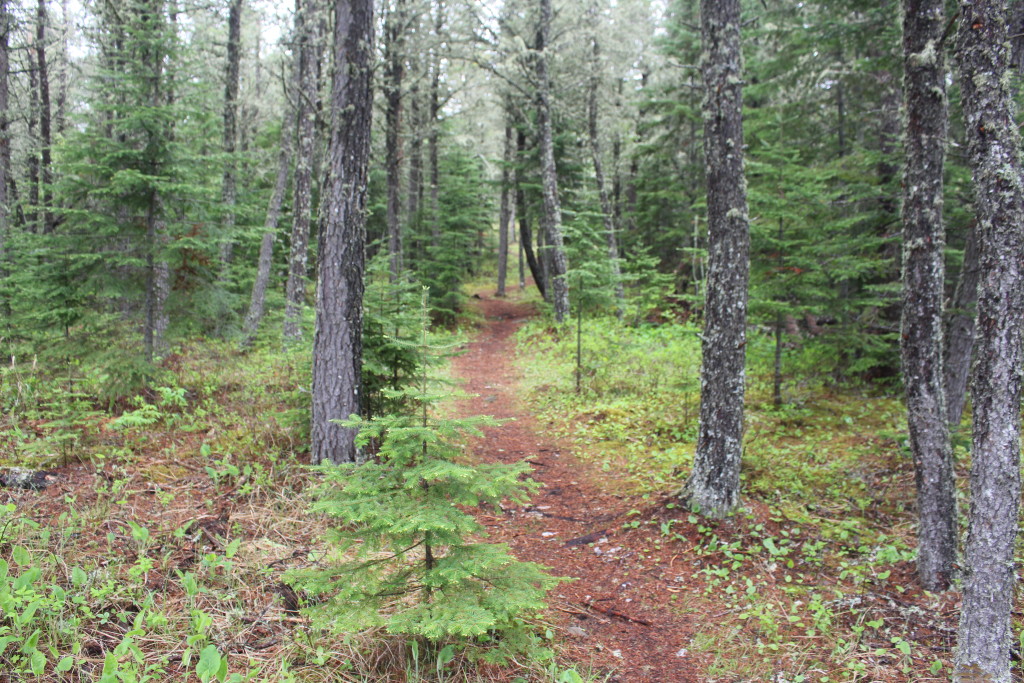
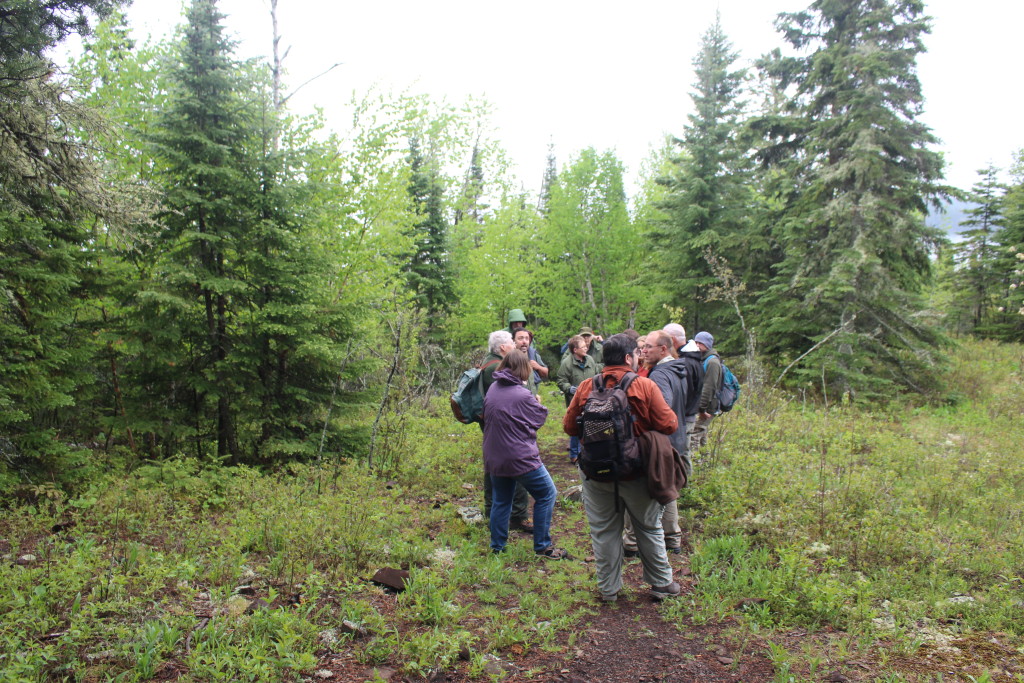
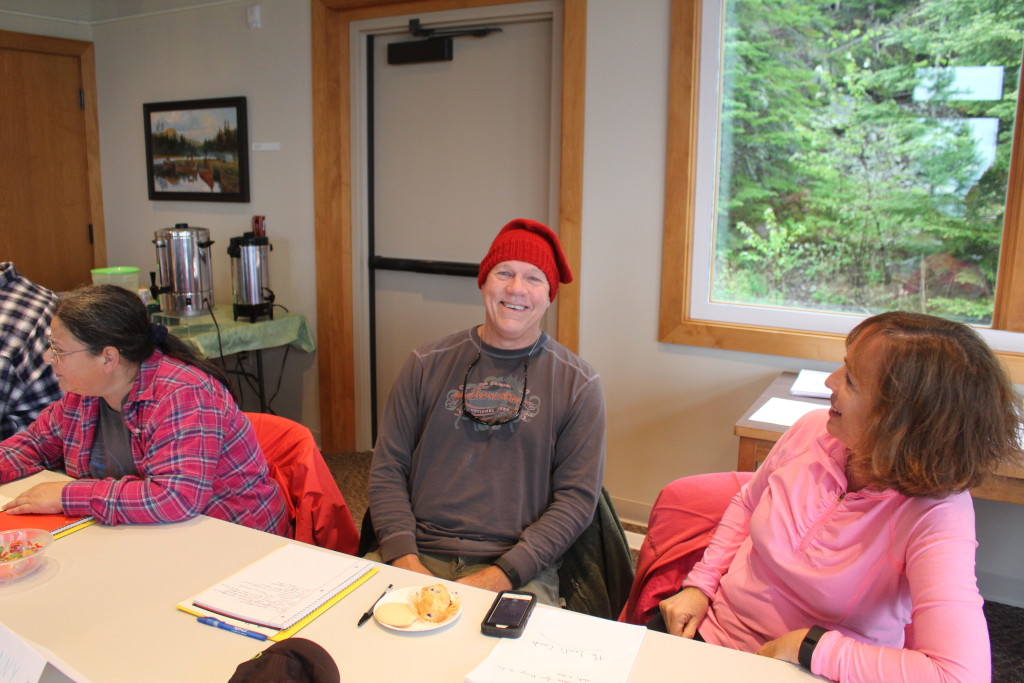
Looks beautiful! Love the waterfall 🙂
The park looks beautiful; can’t wait to see you in your native costume 🙂
The waterfall was incredible. So much water going over – and the rainbow at the bottom.